Do White Shirts Look Bad With Off White Dress
For many men, the only white articles of clothing they wear are white dress shirts, undershirts, and underwear. They may avoid white either because it seems to be too bold a statement, they are concerned about keeping it clean, or it's simply nowhere to be found. White can be taken for granted. However, a full range of white clothes has much to recommend for the contemporary gent, and the arrival of summer is the perfect opportunity to add more white to your wardrobe. Today we will explore the different ways to wear it as a menswear color.
A Brief History of White Clothes
White was originally associated with the garb of the wealthy for a variety of reasons, first of all, because keeping white clothing clean was expensive in the age before dry cleaning and washing machines, requiring regular care and maintenance that was beyond the reach of many.
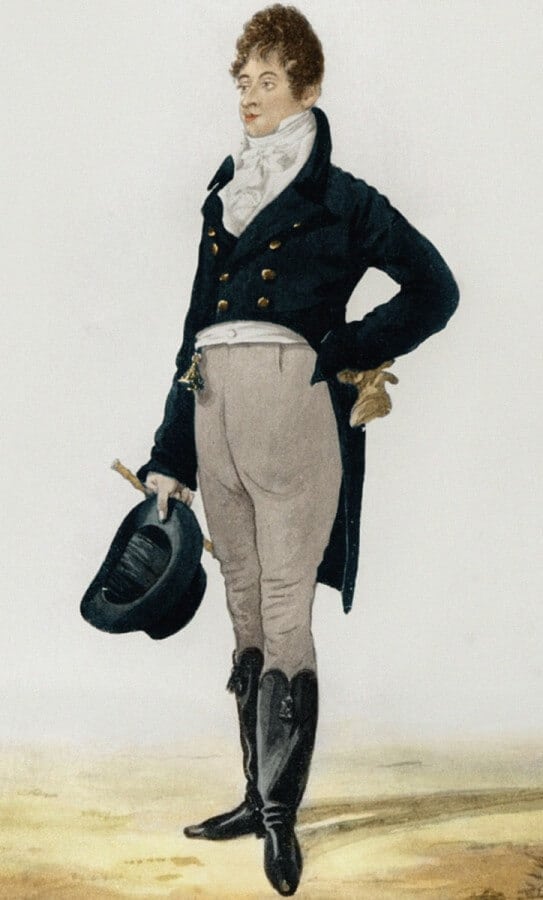
By extension, wearing white was an outward sign that you had enough money to afford the luxury of its care. More than this, it showed you were rich enough that you didn't even need to engage in any manual labor where you had a chance of getting dirty.

White was also the color worn by those people–again, the wealthy elite–who went to resorts and country destinations in the summer, both because white helps reflect hot sunlight and because it enforced the idea of leisure. They would participate in sporting activities on holiday, which is how tennis became associated with white uniforms. When the well-heeled returned to the city in the autumn, they switched back to more drab gear, hence the supposed "no white after Labor Day" rule.
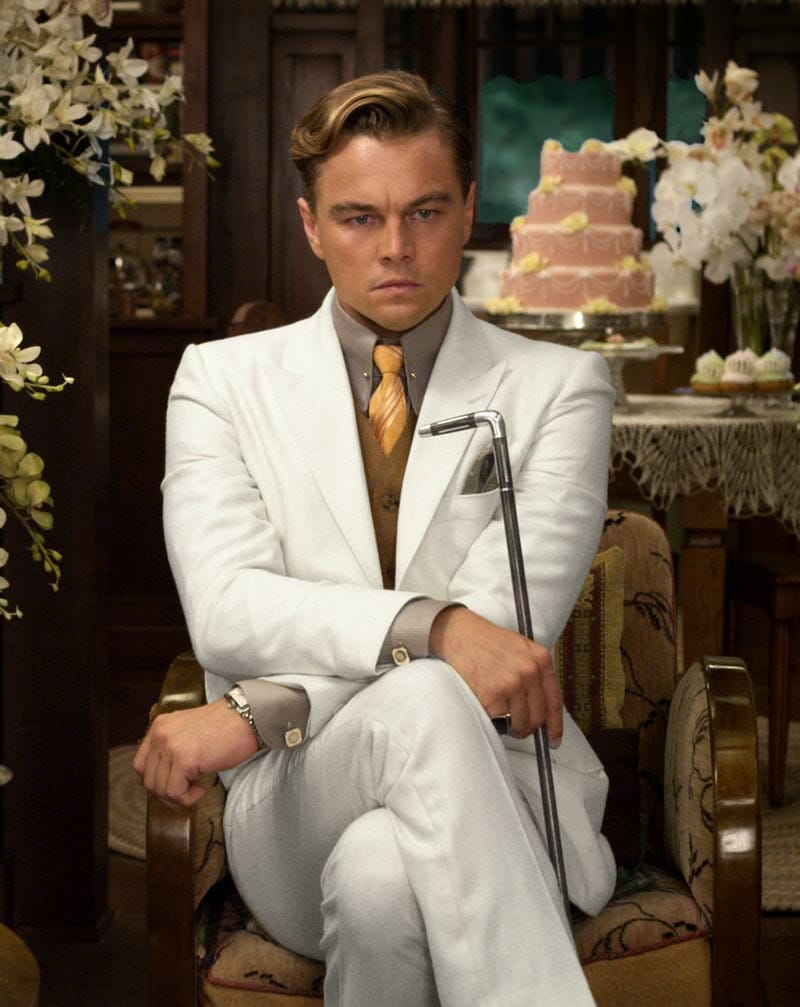
The good news is that today, we have the luxury of washing machines and fairly inexpensive dry cleaning, so wearing white is not limited to the rich. There may still be some situations where wearing the color can evoke class associations, which will be discussed below, but for the most part, it can be worn by anyone on a variety of different occasions.
When Can You Wear White?
The short answer is summer; the long answer is that it's possible any time of the year if done properly.
White Looks Best in Warm, Sunny Weather
In hot weather, white keeps you cool as it reflects sunlight, something you can see from the prevalence of white clothes in hot climates, including the Middle East and India. The very brilliance of white itself makes it look its best in the sunshine. For this reason, it's especially at home in resort-like settings. Think the Greek islands, the Amalfi Coast, and the French or Italian Riviera in July. This includes cruises, which also are warm-weather ventures.
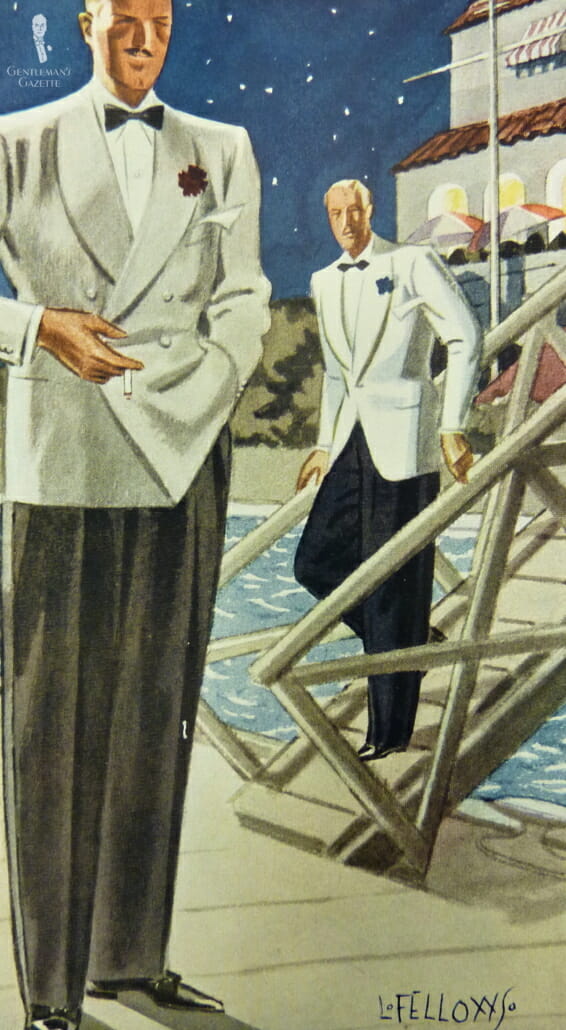
To be honest, white also looks best with tanned skin because of the contrast, so if you're fair or pale as a sheet, you should consider other light colors that will give you better contrast. Those who have olive, tanned, or brown complexions have it made when it comes to wearing white.
In Cooler or Cloudy Weather
In cloudy weather, white clothes can look out of place. The false "no-white-after-Labor-Day" rule notwithstanding, predominantly white outfits are usually avoided after summer because what looks great in August looks glaring when days are not as bright. White demands sunlight to tame it and tone it down. In fall and winter, muted hues like olive green, gray, and brown are prevalent both in nature and as attire. Follow the seasonal trend. This is also good wisdom to follow because cold weather usually brings rain and thus mud, snow, and slush, all of which can wreak havoc on white garments.
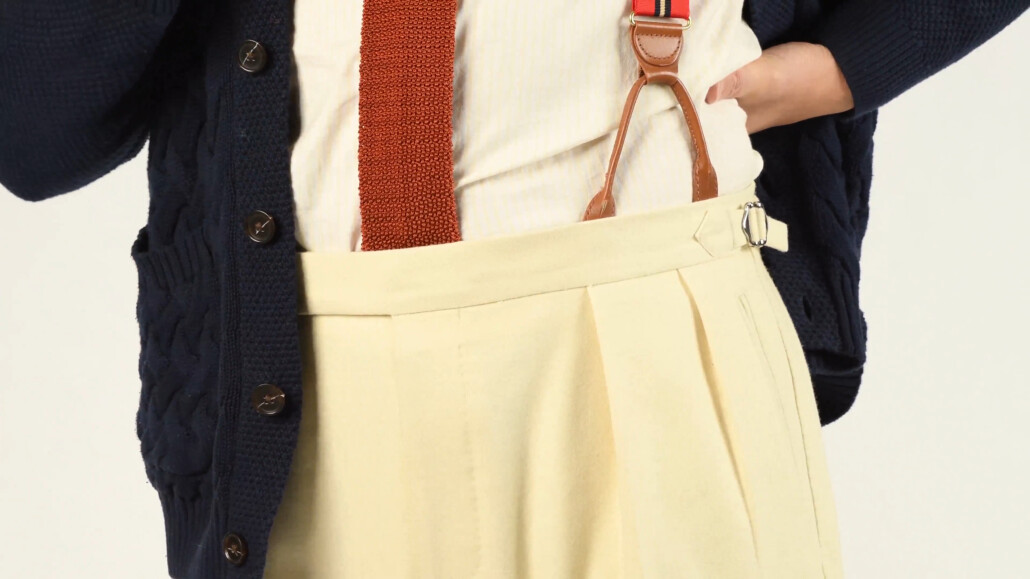
However, you can wear winter white, which is an off-white rather than a pure white, on sunny December days, few they may be, usually in the form of flannel pants. When January comes along, you may be longing for something to remind you of summer, so if there's a sunny blue-sky day, try putting on winter-white trousers. With global climate change, there is bound to be a 50-degree mid-winter day when you can do it. Of course, if you are fortunate to live in a climate where sunshine and warmth are in abundance year-round (Florida comes to mind), you can wear regular white nearly anytime you, please.
How to Wear White: White Shirts
One might imagine that the basic white dress shirt doesn't require much discussion since it's the one white item most men own (not including white unmentionables); a white shirt is standard. However, some lesser known information about white shirts can be useful to help you maintain classic style. Originally, the long-sleeved white shirt with buttons and a collar that we know today was seen as an undershirt, meant to be hidden: hence the requirement to wear waistcoats and vests and ties–anything to hide as much of the white as possible. Nowadays, we wear white button-down shirts uncovered with just a pair of pants, which our forbears would see as us going about in our undergarments.

Although we may applaud the more relaxed standards of the present when it's 90 degrees out, and we can wear only a white polo and jeans without getting looks of disgust, some of the associations of white shirts with underwear still apply today, particularly when you're wearing tailoring or are dressed formally. When you put on a tuxedo, for example, you're supposed to wear a black cummerbund or a waistcoat to prevent the white of your shirt from showing beneath the bottom button of your jacket.
When you wear a vest, either as part of a three-piece suit or in a different color or pattern with the bottom button open, your trousers are supposed to have a high enough rise to avoid showing the white of your shirt under your vest. It goes without saying that if you are actually wearing a white undershirt, it should never be exposed at your neck. To remember these style rules, it's useful to think of the white t-shirt as underwear, and by traditional standards of propriety at least, you shouldn't show your underwear.
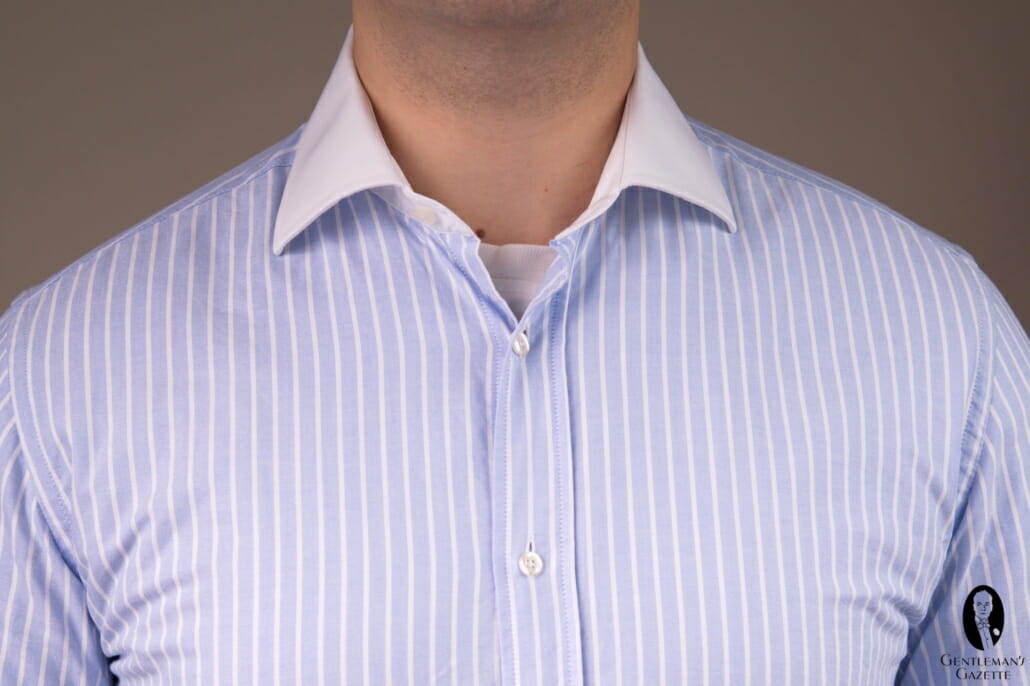
Another consideration that may alter your thinking about white shirts is the fact that white can be stark and cold because of its brightness, so while it works like a charm with suits or sport coats in cool colors (gray, blue) if you're wearing warmer hues like a green linen sport coat or brown flannel suit, you might choose a shirt in ivory or ecru (white with a warm yellow undertone) or light blue instead to soften the contrast.
White Trousers
After a white shirt, white trousers are probably the next most common clothing item in menswear, though the drop off is steep in terms of how many men wear them. Pants may also be the most difficult white item to wear in terms of keeping them clean, which could account for their rarity. On sunny summer weekends, the Southern European vibe created by wearing white cotton pants, especially when paired with bright linen sports coats, is a winner.
White pants are more difficult for the workplace because they do present a strong statement in their own right; however, you can make them fade back, so they almost become the equivalent of a white shirt, if you pair them with softer or more muted jacket colors like olive, brown or navy.
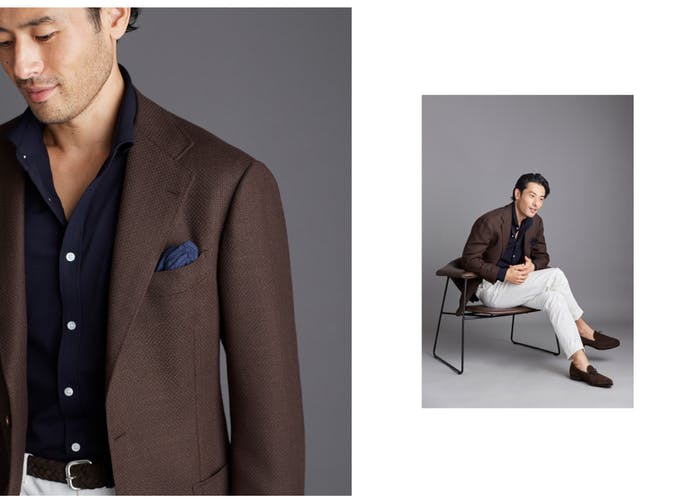
Of course, a navy blazer, especially double-breasted with gold buttons and white trousers, make for a classic nautical-themed outfit. Now you're off work again and on a boat, whether it be a city cruise, two-week cruise to the Caribbean, or your own private yacht. This is the one place where white (in combination with other garments, admittedly) still can evoke class consciousness and accusations of snobbery.
As if to ruin all the fun, white pants do present the particular hazard of getting dirty fast; the hems will readily accumulate street grime and the seat can become sullied at a moment's notice if you sit on a subway or park bench. We have a number of solutions, however!
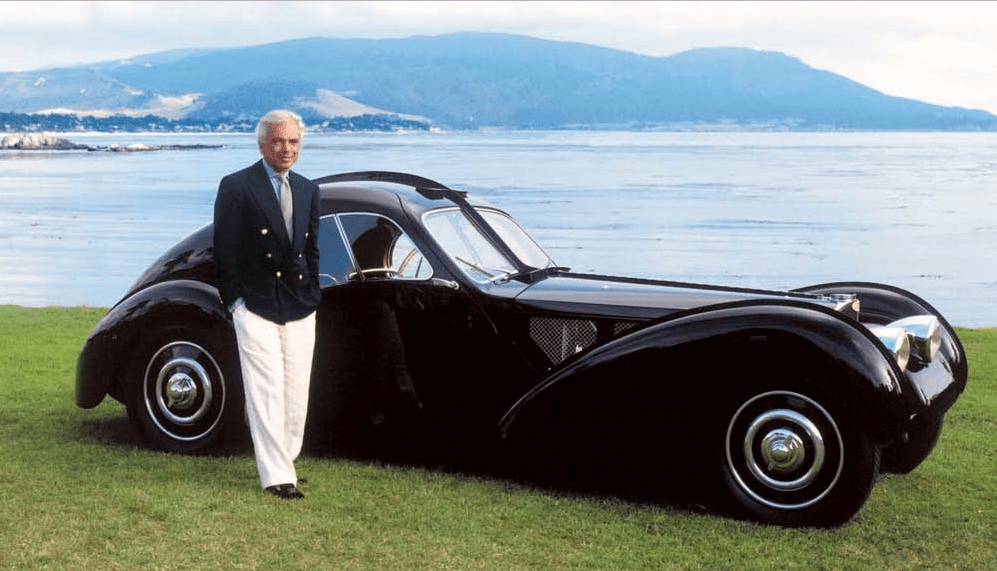
First, buy cotton that can be washed. Then spot treat and wash any individual stains at the end of the day or shortly thereafter. For the rare situations when more extensive marking occurs, even if the item says "dry clean only," you can hand-wash white cotton chinos or put them in the washing machine with cold water on the gentle cycle. Of course, you can just dry clean.
Secondly, spend less on white pants. It is easier to enjoy wearing a $189 pair of white pants from SuitSupply and wash it occasionally than worrying about damaging an $800 pair from Salvatore Ambrosi, bespoke quality notwithstanding.
Beyond that, exercise precautions when wearing white trousers. For instance, avoid sitting directly on the half-wall at Pitti Uomo before making sure it isn't covered with cigarette ash. When on vacation and wearing white pants, you might also be carrying a pamphlet, map, site guide or other fold-out document, which can be used to sweep away debris before you sit (or, itself, sat upon). Better to look a bit fastidious than ruin one's pants!
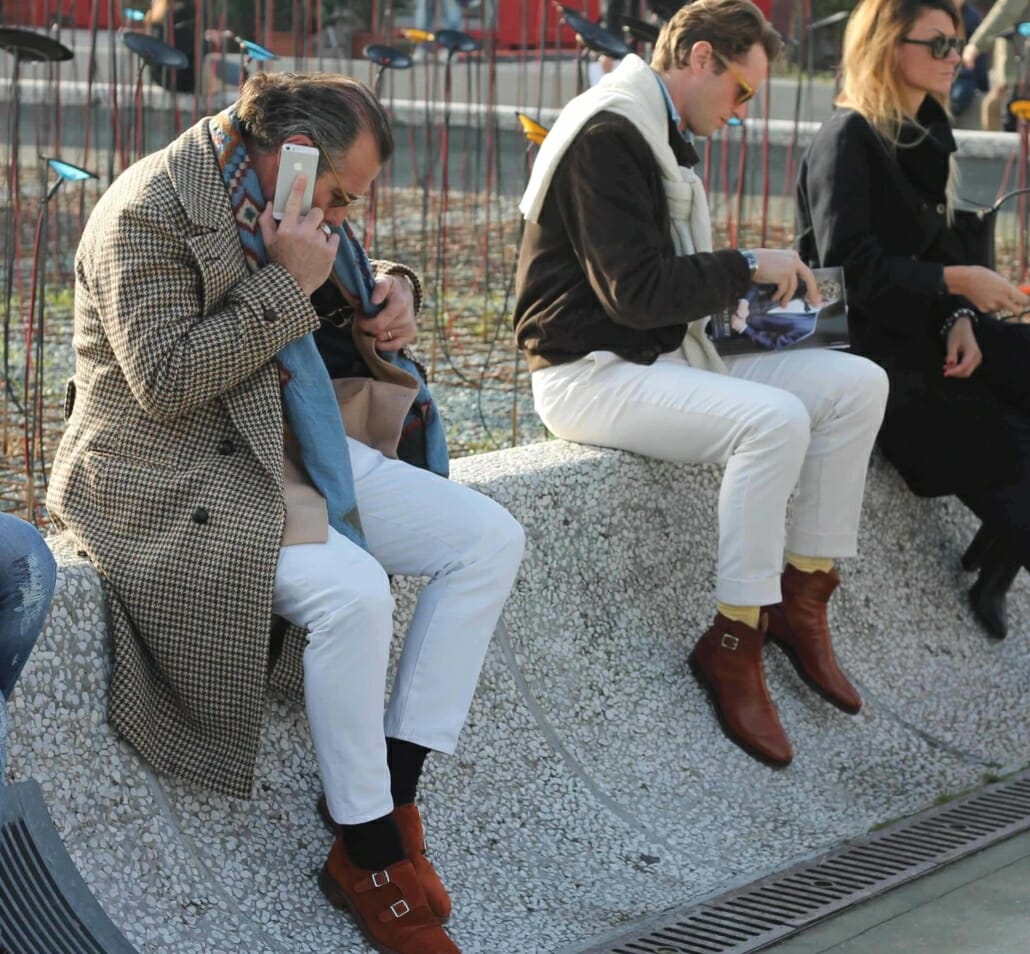
So, yes, white trousers (and jackets) do require a certain degree of added caution and care as well as extra fastidiousness. But, if you're already the sort of guy who spends time getting your tie dimple exactly right or who polishes his shoes to a mirror shine, this will be nothing new to you.
If anything, it's a chance to slow down and be mindful, which we need in our accelerated world. If you aren't the cautious sort, then you're also likely from the school of thought that says white clothes are meant to show some character marks, so you too can wear them and just not give a damn.
The penchant of Gazette readers for tailored clothes also makes wearing white pants easier: even if you sit on something, you can rest assured in the fact that your rear end will be obscured by the vent flap of your jacket when you're walking around.
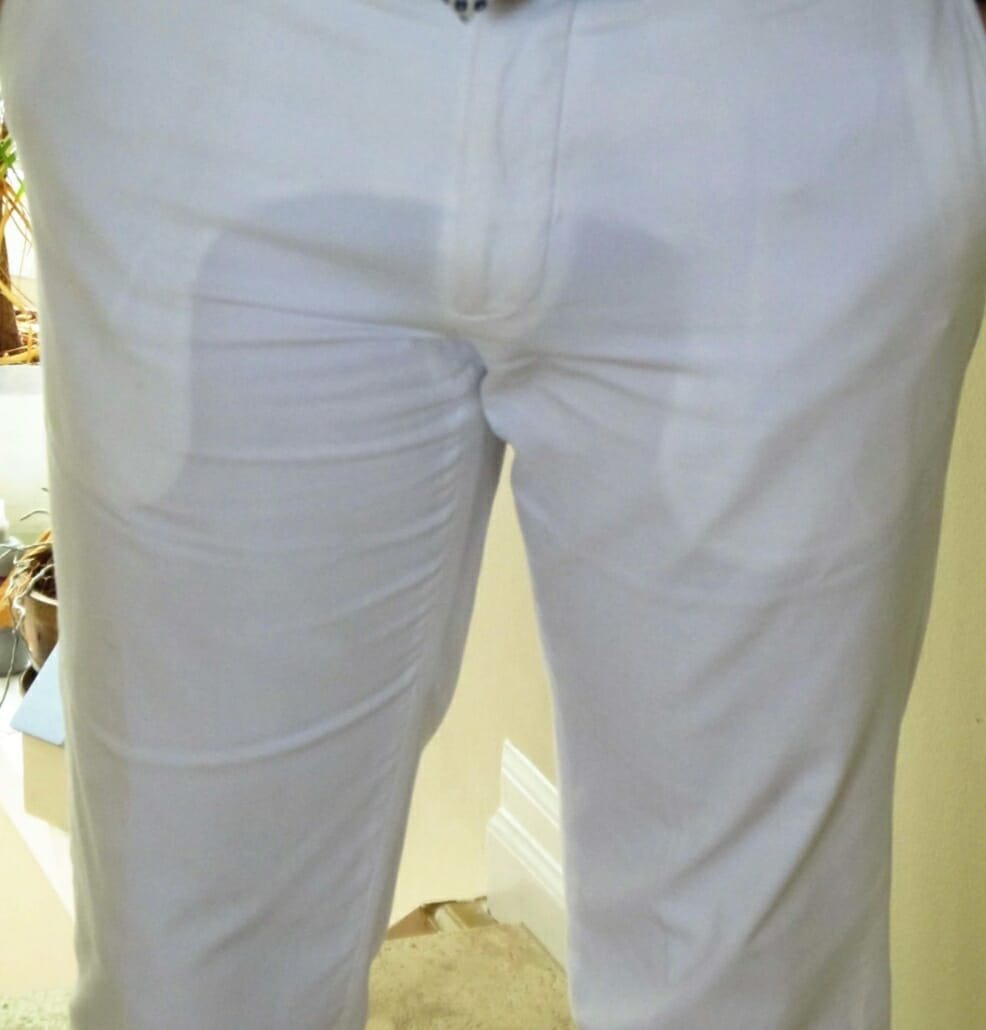
The second issue with white pants is their relative transparency: the bare skin of your thighs where they touch the cloth will generally be somewhat visible through your trousers. You can solve the issue by purchasing (or commissioning) white pants that are lined to the knee, but an added heat-inducing layer sort of defeats the purpose of reflecting sunlight by wearing white. Try wearing gray underwear that covers the thighs and again rely on your sport coat to (literally) cover your rear end.
Pocket liners are another story though, as it is common for these to be visible through the fabric on the front of white pants. One option is to cut the liners out and stitch closed the remnant, professionally or otherwise. You'll lose the use of the front pockets, but those who privilege style over functionality are reluctant to load the front pockets of trousers anyway to preserve clean lines.
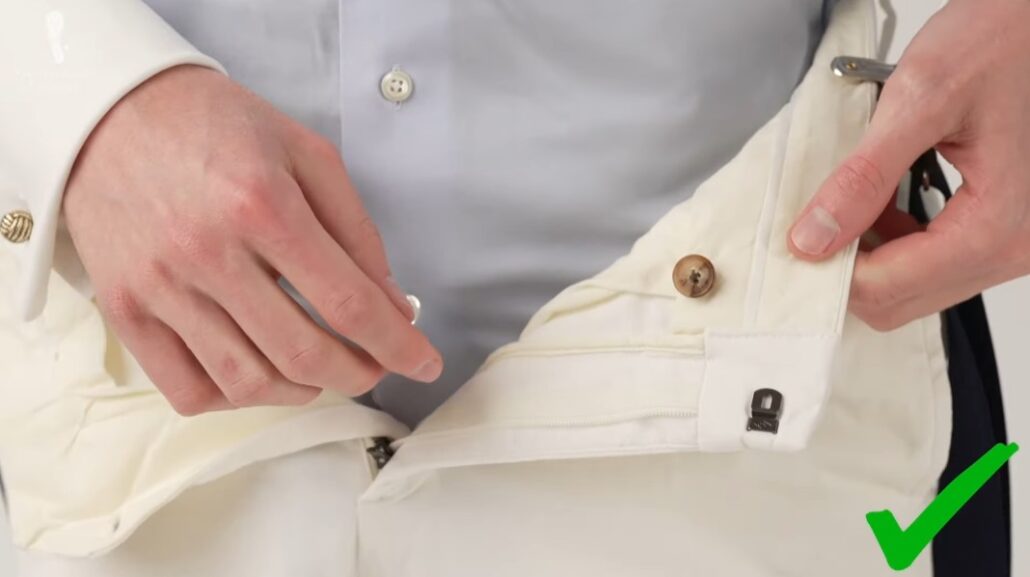
Another is to find a pair of white pants with no pocket liners, to begin with. Bonobos used to sell chinos with this option. The last possibility is to just go with it–visible pocket liners are part of a casual "I don't care" summer look, like wrinkled linen. Then again, the quarters of your wrinkled linen sports coat may hide the liners anyway.
White Suits and Sport Coats
There's a certain man or type of man who can pull off a white suit. You might think, for instance, of Don Johnson, but nowadays, you don't necessarily want to remind people ofMiami Vice circa 1984. The other option is to go for more of a "Southern Gentleman" look a la Tom Wolfe, whose trademark white suit has been in the news more since his passing; the effect can be similar to wearing seersucker.
It should be noted, however, that Wolfe has said he wore white initially to get attention as a reporter. People would notice him in a crowd of other journalists and answer his questions. Rest assured, you too will be noticed too in a white suit. Furthermore, you want to avoid being labeled the guy who imitates Tom Wolfe. Safer and a bit easier to pull off is an off-white or cream suit, in some warm weather fabric like cotton or linen, but safer yet is hedging your bets and halving the risk by wearing just the top half.
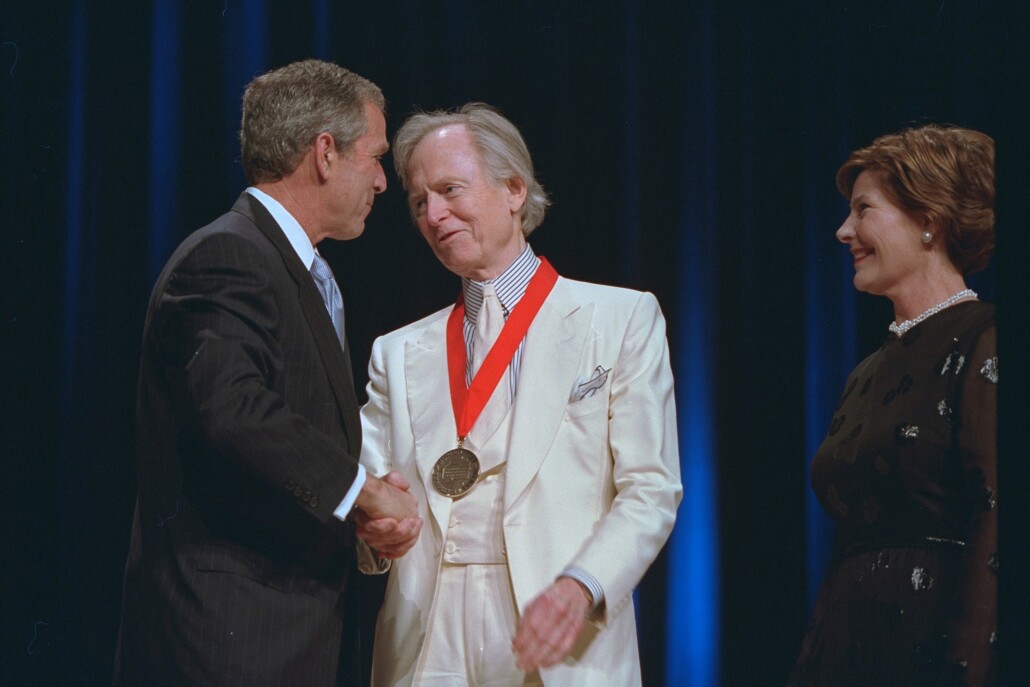
White sports coats present the perfect opportunity to break out the colored shirts, such as light blue or perhaps a navy and white gingham plaid shirt. Avoid dark colored shirts because the contrast will be too strong, and you'll end up evoking John Travolta in Saturday Night Fever.
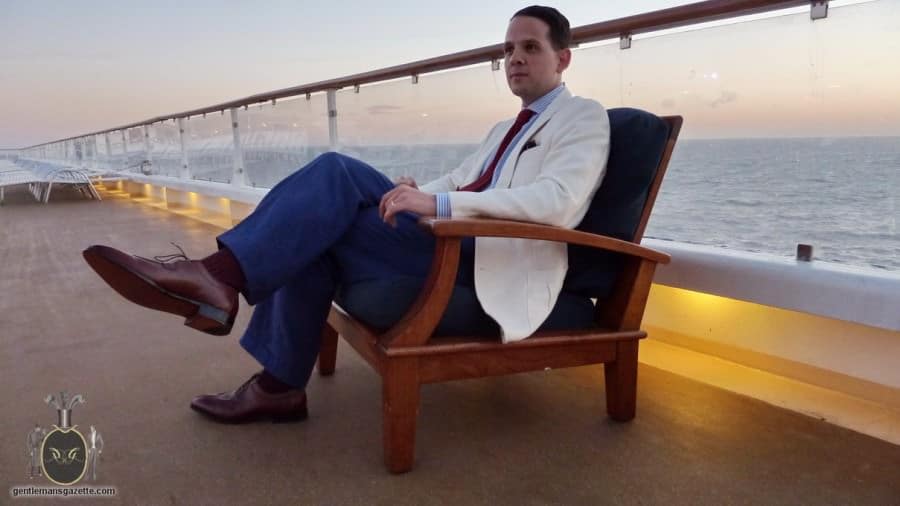
Yes, you can wear a pure white shirt with a white jacket, whether a linen sports coat for summer or a dinner jacket, but to do this successfully, you want to create a bit of contrast or differentiation between your two layers. To some extent, this will be natural since no two whites are exactly alike; the difference in the material will present different gradients of white. Furthermore, most white jackets are in reality off-white since linen and wool cannot be dyed to a pure white because of natural oils and the overall nature of the fibers.
So, your white shirt will always be whiter than your jacket. However, you can emphasize the distinction further by wearing a white shirt with some sheen (like a royal Oxford) or a subtle pattern, like end-on-end, twill, or herringbone.
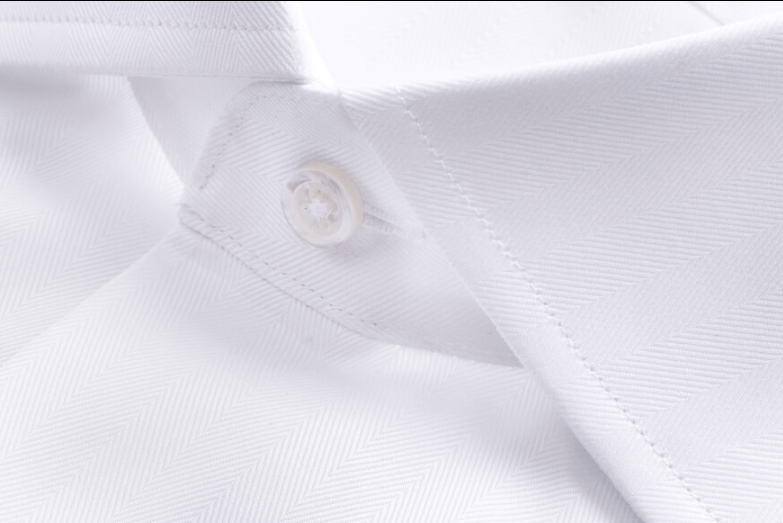
Whether you get an off-white suit or a white jacket, it's paramount that your choice fits you well. If it's already too big it will look even bigger on you because white clothes reflect back a lot of light to the viewer; it's a matter of optics.
8 Secrets Of A Great Summer Sport Coat
White for Formal Wear
Though evening wear is usually associated with Black Tie, the dinner jacket worn by Sean Connery's James Bond inGoldfinger has become an inspiration for those looking to inject "white"–well, ivory, actually–into formal wear. Most commonly the white dinner jacket makes an appearance in tropical weddings or cruises near the equator.
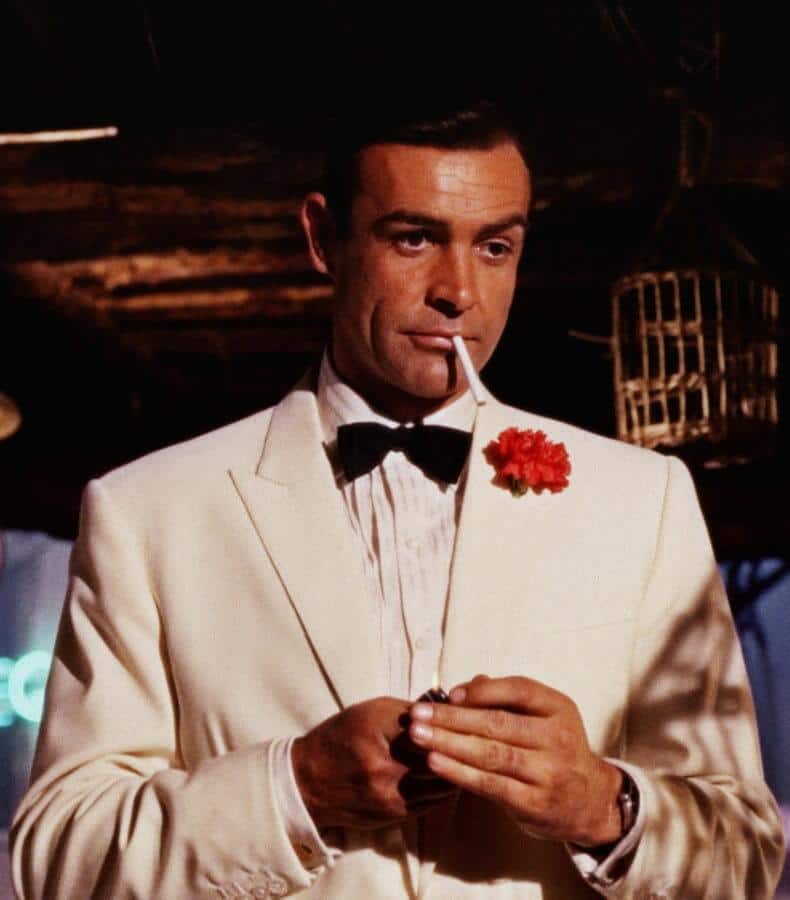
In the Bond films, it is worn variously in the Bahamas, Morocco, India, and Latin America; a hot climate is essential. Even though a white dinner jacket may be worn by some in hot weather anywhere, like an outdoor summer opera in the UK, it is usually seen by purists as out of place.
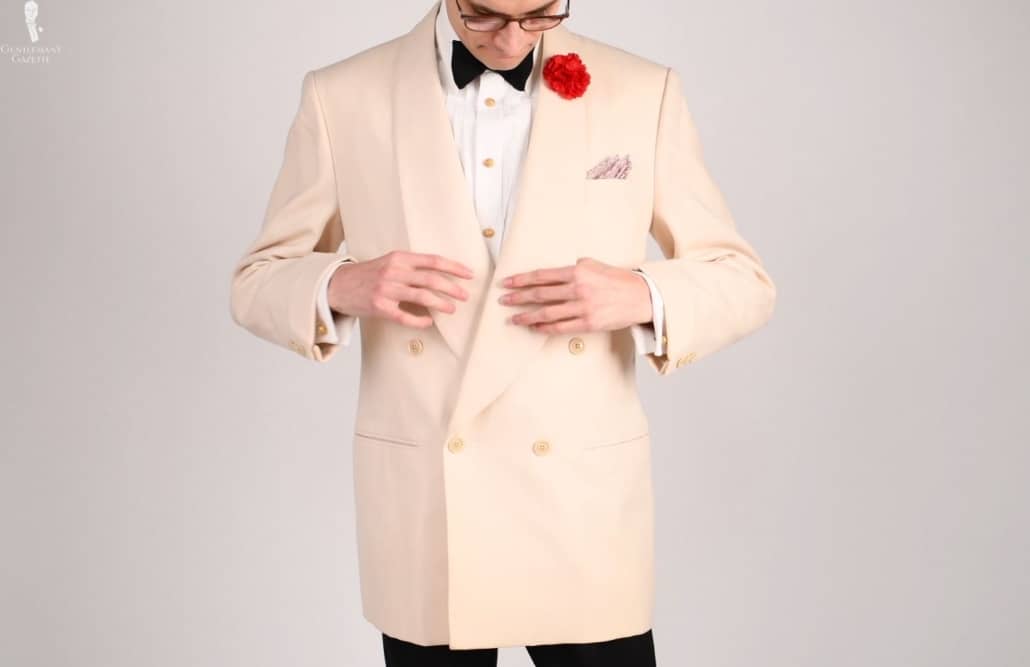
If you do wear it, a shawl collar is preferred rather than a peak lapel, as the shawl is more in line with the relaxed nature of the white jacket; pockets should still be jetted rather than flap. Your choice of material should be a light wool even though cotton or linen versions can be found, as these will rumple and wrinkle. Check out our guide to dinner jackets for more specifics on the white version.
Dinner Jacket Black Tie Guide
White Menswear Accessories
After the white dress shirt, the other essential white item most men own is a white linen pocket square, whose presence is intended to coordinate with said white shirt under all conditions: with a tux, a suit, or a sport coat. For an added accent of white, go beyond the idea of the pocket square and use a white boutonniere flower, like a white carnation, rose or edelweiss (for something different), all available from Fort Belvedere.
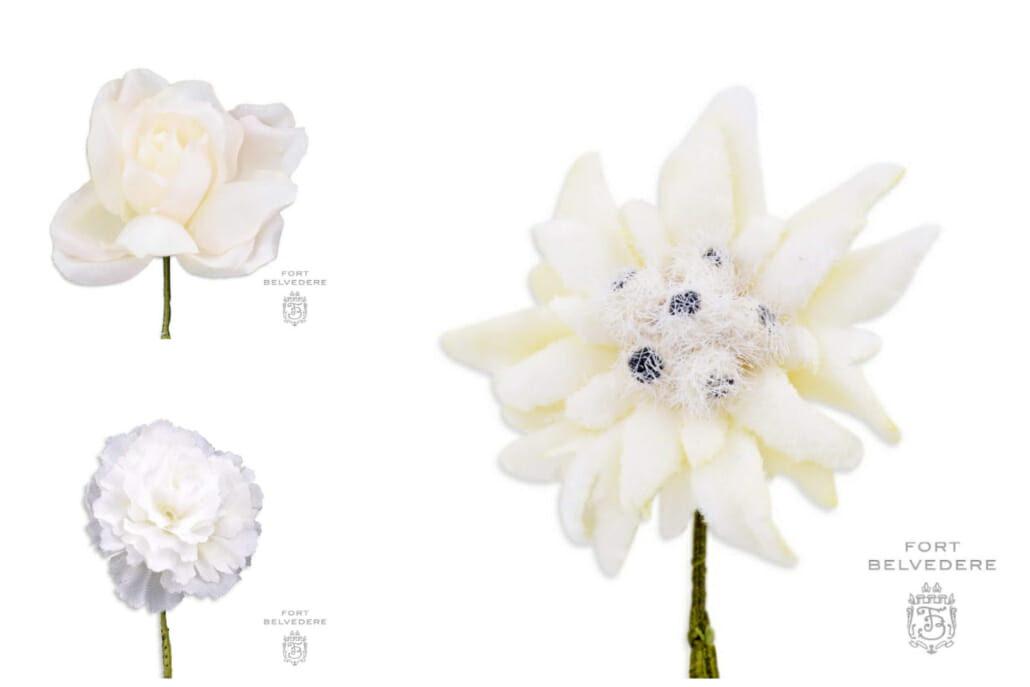
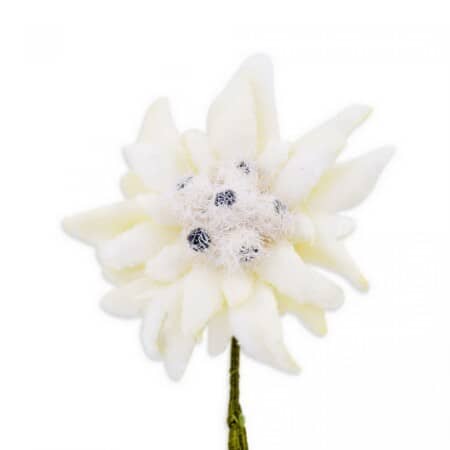
Fort Belvedere
Edelweiss Boutonniere Buttonhole Flower Fort Belvedere
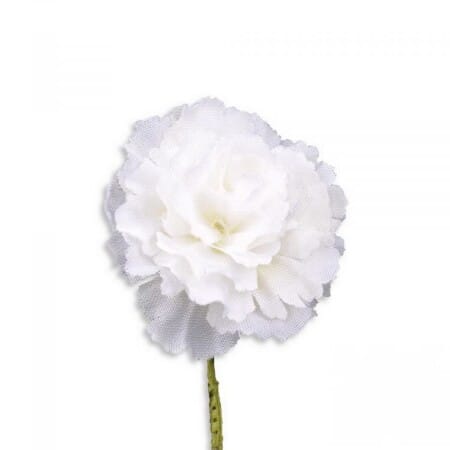
Fort Belvedere
White Carnation Silk Boutonniere Buttonhole Flower Fort Belvedere
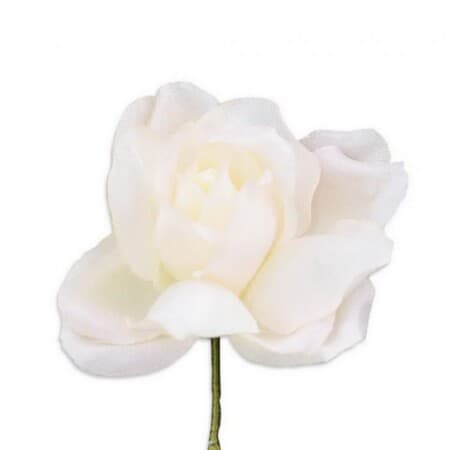
Fort Belvedere
Ivory Spray Rose Boutonniere Buttonhole Flower Fort Belvedere
White neckties are rarer but can stand out as something different, again, mainly in warm, sunny weather. They aren't the easiest to find but are generally white silks printed with a small geometric motif in other colors. These are sharp enough to be "ceremonial" or wedding ties but can also be dressed down, perhaps with a blue linen sports coat. As with all light-colored ties, the prime consideration is making sure it stands out visually from your shirt, so a white tie can suggest wearing a light blue shirt instead of another white. Or, you can cheat and go with an ivory tie. Just remember not to go too dark with your shirt to avoid making the outfit look inelegant.
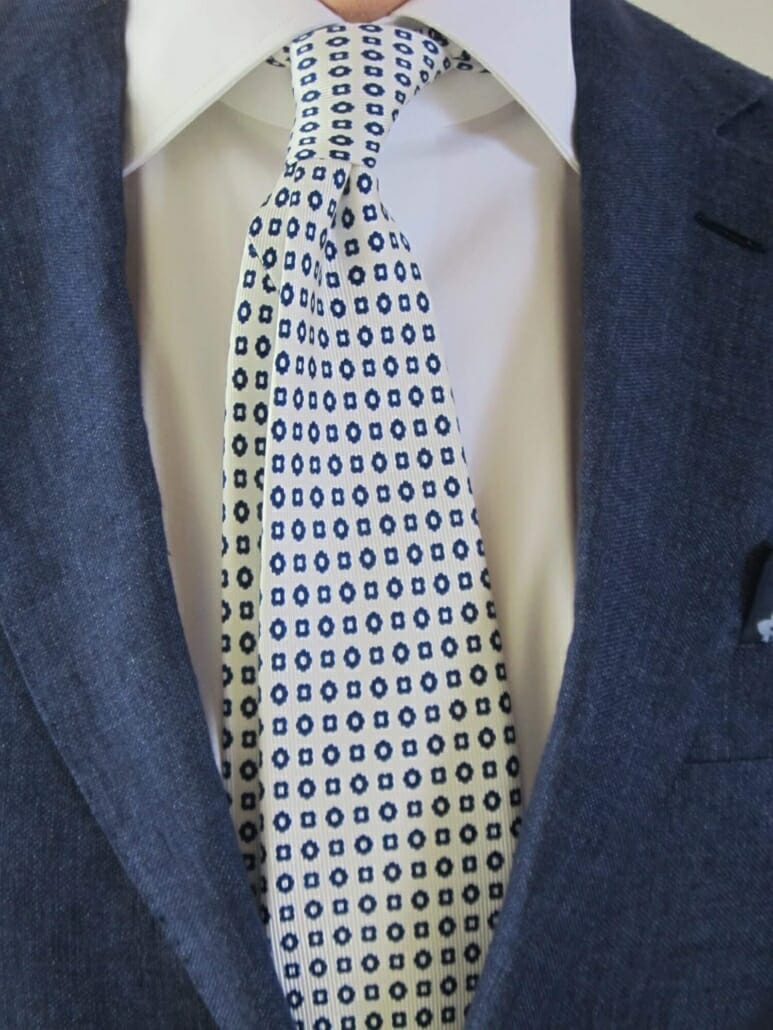
Just as every man is advised to own a white linen pocket square, he is also warned never to wear white socks. This should not be a strict rule, as it is presented as a way to keep people from wearing white gym socks outside of athletic settings. White dress socks are different. In those situations where you can't wear low-cut invisible socks with white trousers, what else would you wear? This is even more true for winter white flannel pants. White dress socks are even more difficult to find than white neckties but a pair or two in cotton or linen should be part of your wardrobe if you own white pants.
White Shoes
Continuing with footwear, white shoes are an underappreciated choice for summer shoes. Interestingly, more men will wear white sneakers (with the aforementioned white gym socks) than white dress shoes. The classic American choice is white bucks. Readers of a certain age will remember "The White Buck Kid," singer Pat Boone, who was known for these shoes, but they are associated more broadly with trad style. As the name implies, they are made of white deer leather or buckskin, and the good thing about them is that if they get scuffed or distressed, it's an expected part of their character.
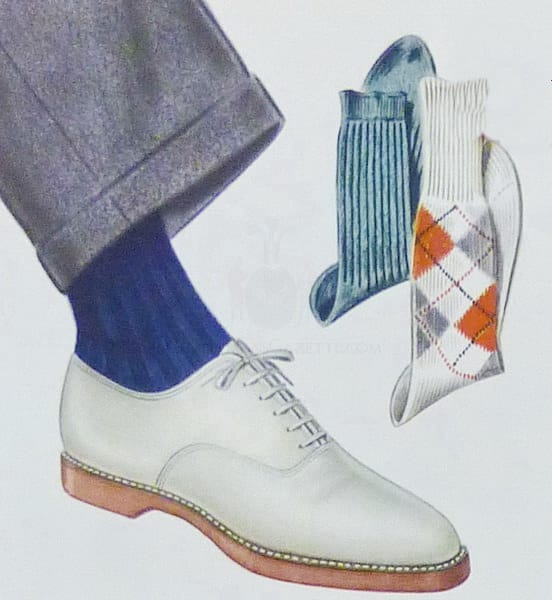
If you want to mix white with another hue, you can try spectators instead. Defined simply as two-toned shoes, usually Oxfords or derbies with a wingtip and broguing, spectators are a showy choice with vintage appeal that can pair with other classic menswear like tab collar shirts and collar pins. As such they are also more formal than bucks.
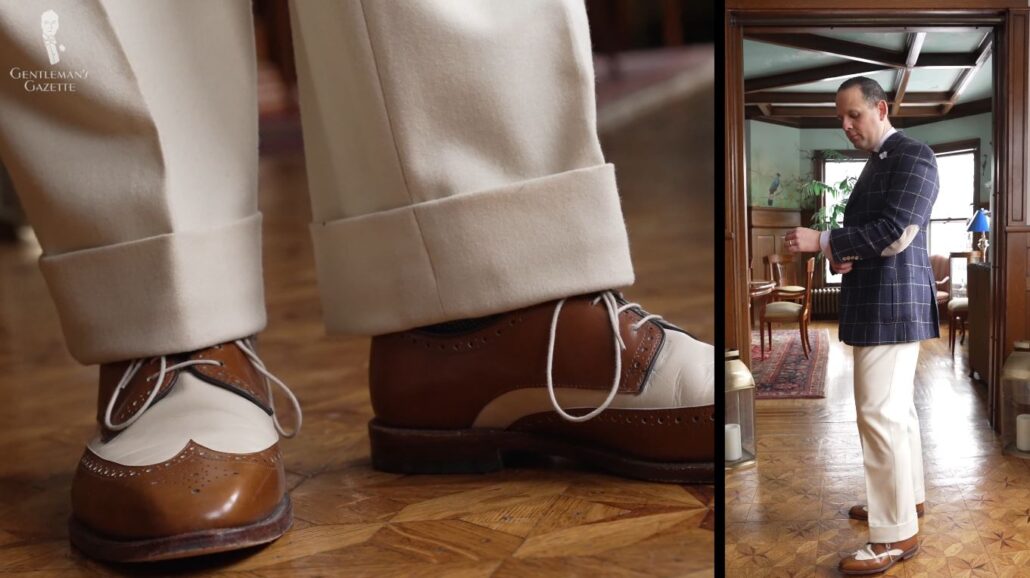
Conclusion
After reading about the many possibilities for wearing white, hopefully, you will try adding more of this hue to your wardrobe, and not just in the form of another white shirt or pocket square. White embodies the spirit of summer, and in cold weather, you can still wear winter white on sunny days to brighten up the season. You do have to be somewhat outgoing to wear it, especially in our drab casual culture, but if you're well dressed, you'll stand out anyway, so add some individual panache and boldly put on white.
How do you wear white? Share your experience in the comments section below.
Outfit Rundown
Today, my outfit incorporates white in various locations; most notable, of course, are my white trousers, which are from Brooks Brothers. They're made from cotton and their inner linings are in off-white shades, so they'll be less visible from the outside.
My shirt today is also from Brooks Brothers and it's a Winchester model; meaning that while its body is light blue, its collar and cuffs are in white. Into those cuffs I've inserted our yellow gold-plated, sterling silver monkey's fist knot cufflinks from Fort Belvedere, which harmonize well with the gold buttons on my navy blazer – a natural complement to my white trousers.
My shoes are in a medium to light brown color and they're wing-tipped derbies featuring a woven leather design to go for a summery feel.
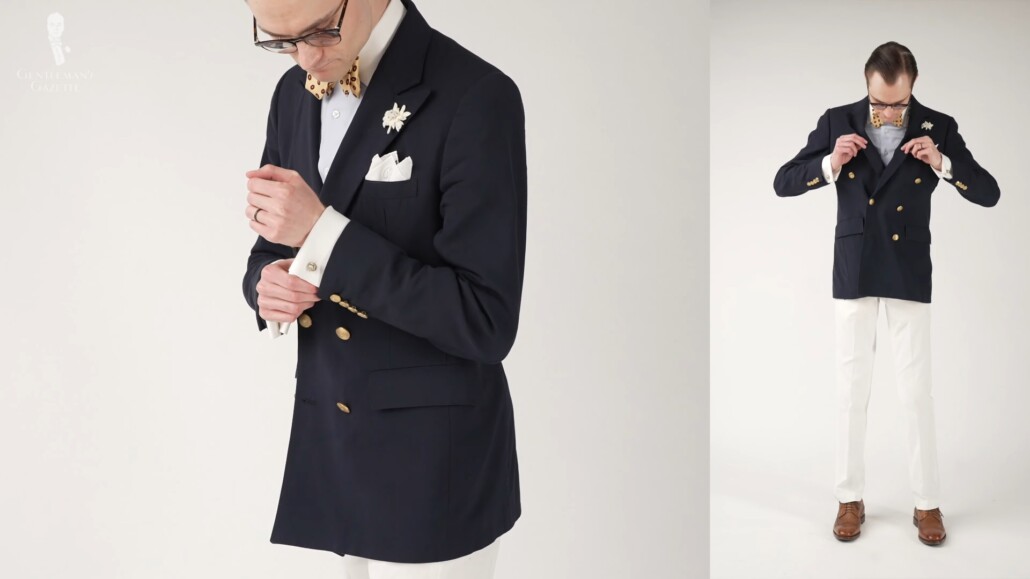
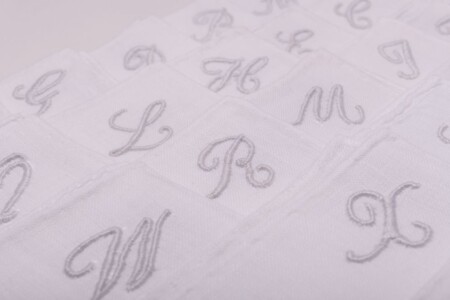
Fort Belvedere
White Initial Pocket Square – Hand-Embroidered in Italy
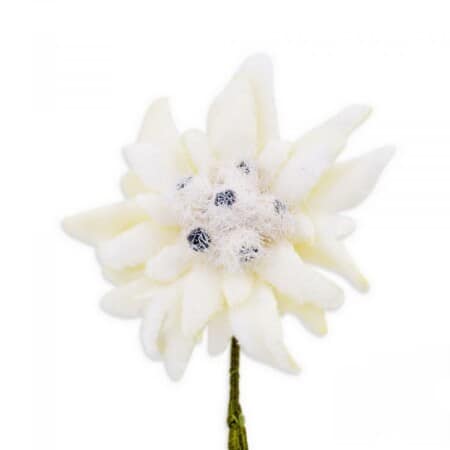
Fort Belvedere
Edelweiss Boutonniere Buttonhole Flower
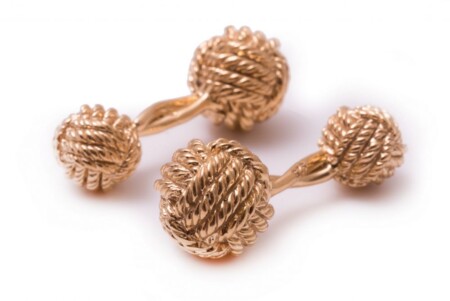
Fort Belvedere
Monkey Fist Knot Cufflinks – Vermeil Sterling Silver Yellow Gold Plated
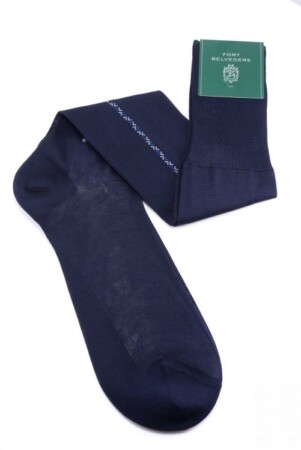
Fort Belvedere
Navy Socks with Blue and White Clocks in Cotton
My vintage bow tie also happens to be from Brooks Brothers and it's in a cream-yellow shade featuring very small, paisley-esque micropatterns. And since we had plenty of discussion about undergarments earlier, I can mention both my navy blue suspenders, which harmonize well with my jacket but aren't really meant to be seen, and my true underthings.
Both my undershirt, which is in gray, and my underwear themselves in light-ish blue are meant to harmonize roughly with my own skin tone and not be easily seen under any of my white garments.
My remaining accessories today are all from Fort Belvedere and they include my socks, which are navy blue with white clock designs to harmonize well with the trousers and the blazer; my boutonniere, which is an edelweiss in off-white with subtle blue tones; and my pocket square, which is in white linen, featuring a P monogram.
As mentioned, this is a classic summer outfit and one that would go very well with a straw boater, so I've brought one along today as well. And of course, for all of the Fort Belvedere accessories I'm wearing today, as well as a wide variety of other classic men's accessories, you can take a look at the Fort Belvedere shop.
Source: https://www.gentlemansgazette.com/how-wear-white-menswear/
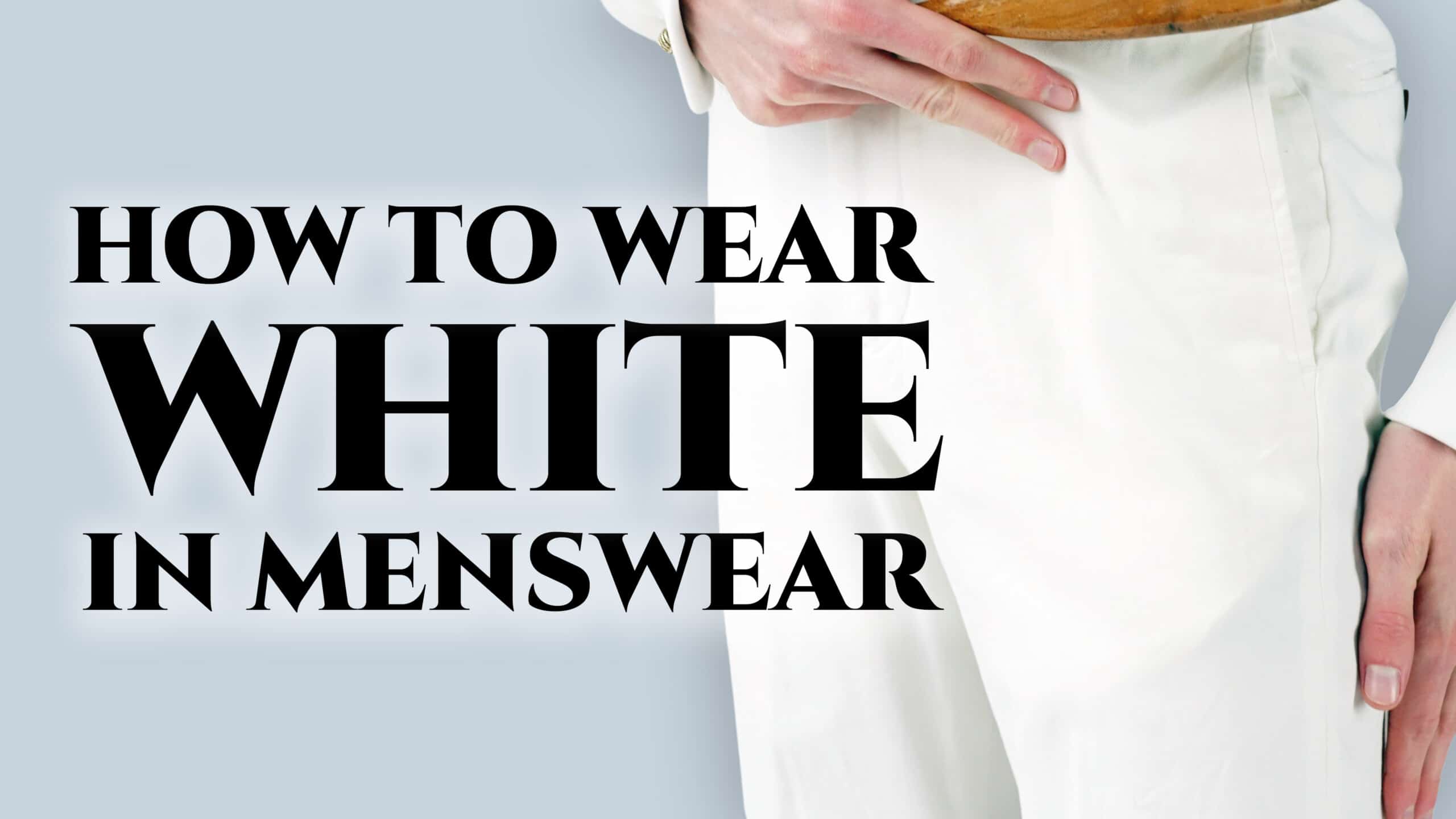
0 Response to "Do White Shirts Look Bad With Off White Dress"
Post a Comment